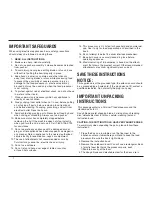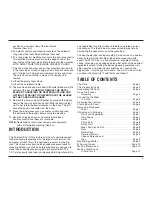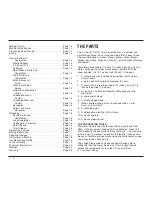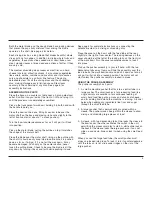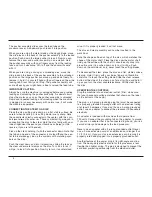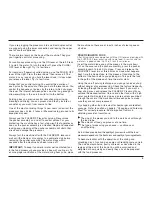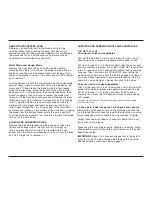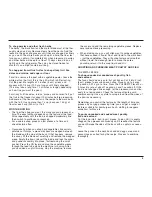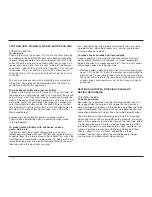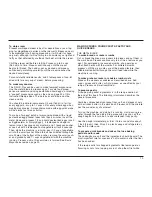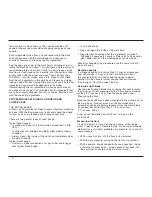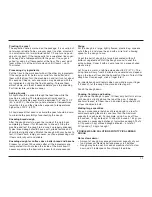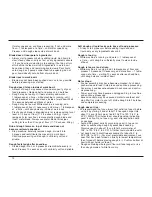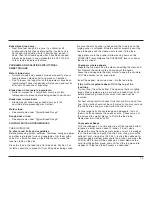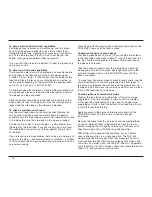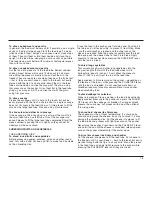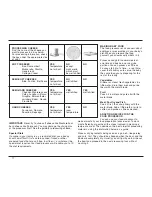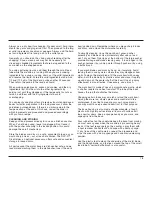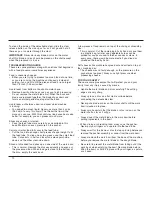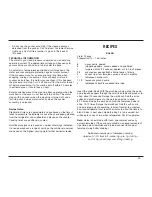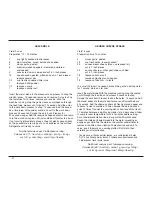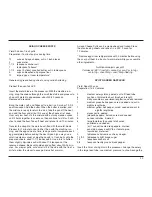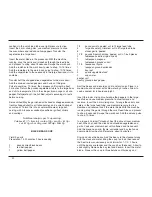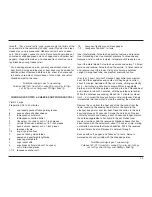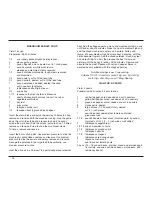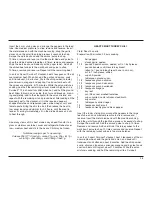
the work bowl is clean and dry. Then set them aside until
needed. (Always use sugar when chopping lemon peel; see
page 8.)
Put dry ingredients like flour, salt and leavening in the work
bowl and process with the metal blade for 5 seconds to
mix them. Remove and reserve the dry ingredients.
Add the eggs and sugar to the work bowl and process to mix,
letting the machine run about 1 minute. Next, add the butter, at
room temperature and cut into 1-inch (2.5 cm) pieces. Let the
machine run continuously for a minute, until the butter is thor-
oughly mixed with the sugar and eggs. Then add flavorings
and liquid — vanilla, spices, cocoa, etc. Process until mixed.
Add the dry ingredients to the work bowl. Process by pulsing,
looking down after each pulse. Stop pulsing as soon as the dry
ingredients have almost disappeared into the batter.
Overprocessing the dry ingredients will cause quick breads
and cakes to be tough. (If your recipe calls for ingredients that
are to be coarsely chopped, like nuts or raisins, add them last
with the mixed dry ingredients.)
PROCESSING YEAST DOUGH FOR BREAD AND
COFFEE CAKE
THE DOUGH BLADE
A fresh and fragrant loaf of bread is one of the most satisfying
of foods. With the food processor to mix and knead the dough
for you, it’s easy to produce perfect loaves every time.
There are two general types of yeast dough.
Typical bread dough:
•
Is made with a flour mix that contains at least 50% white
flour.
•
Is uniformly soft, pliable and slightly sticky when properly
kneaded.
•
Always cleans the inside of the work bowl completely when
properly kneaded.
Typical sweet dough:
•
Contains a higher proportion of sugar, butter and/or eggs
than typical bread dough.
•
Is rich and sticky.
•
Does not clean the inside of the work bowl.
•
Requires less kneading after the ingredients are mixed.
Although 30 seconds is usually sufficient, 60 to 90 seconds
gives better results if the machine does not slow down.
Except for kneading, the procedures are the same for both
types of dough.
Machine capacity
If a bread dough calls for more than 10 cups of all-purpose
flour (50 ounces, 1.4 kg), or 6 cups of whole grain flour
(30 ounces, 850 g), mix and knead the dough in equal
batches. Do the same for sweet doughs that call for more
than 6 cups of flour (30 ounces, 850 g).
Using the right blade
Use the plastic dough blade for any recipe that calls for more
than 3
1
⁄
2
cups of flour measured by the “stir-scoop-and-sweep”
method (17
1
⁄
2
ounces, 495 g). See the explanation under
“Measuring the flour.”
Because the dough blade does not extend to the outside rim of
the work bowl, it cannot pick up all the flour when small
amounts of dough are being processed. Use the metal blade
for recipes that call for less than 3-1/2 cups of flour
(17
1
⁄
2
ounces, 495 g).
Always push the blade down as far as it will go on the
motor shaft.
Measuring the flour
It’s best to weigh it. If you don’t have a scale, or the recipe
doesn’t specify weight, measure by the “stir-scoop-and-sweep”
method. Use a standard, graduated dry measure, not a cup for
liquid measure.
•
With a spoon or fork, stir the flour in its container.
•
With the dry measure, scoop up the flour so it overflows.
•
With a spatula, straight-edged knife or a chopstick – being
careful not to press down – sweep excess flour back into
the container so the top of the measure is level.
11
Summary of Contents for DLC XP - DLC-X Plus Food Processor
Page 1: ...DLC XP Food Processor ...
Page 51: ......


